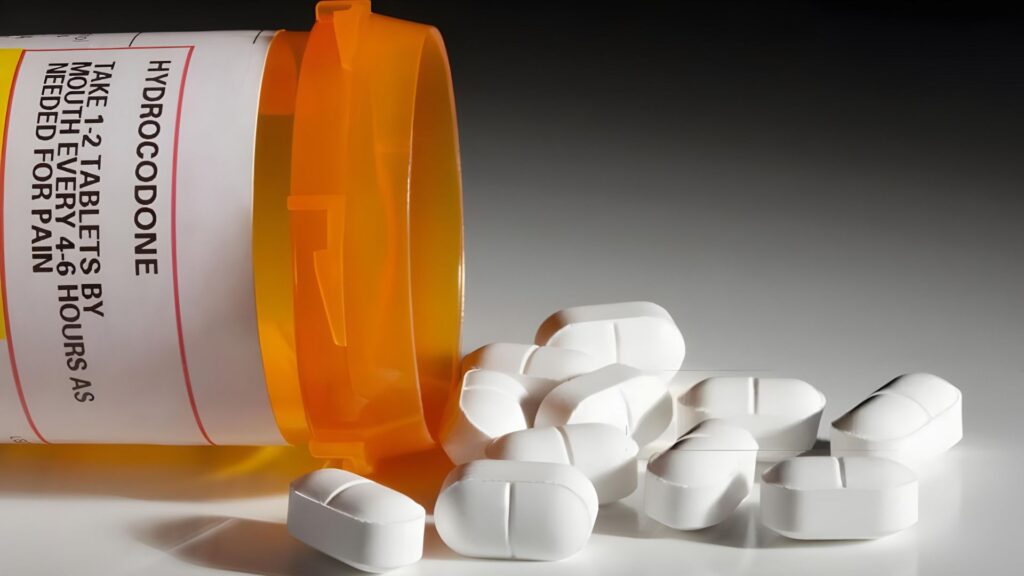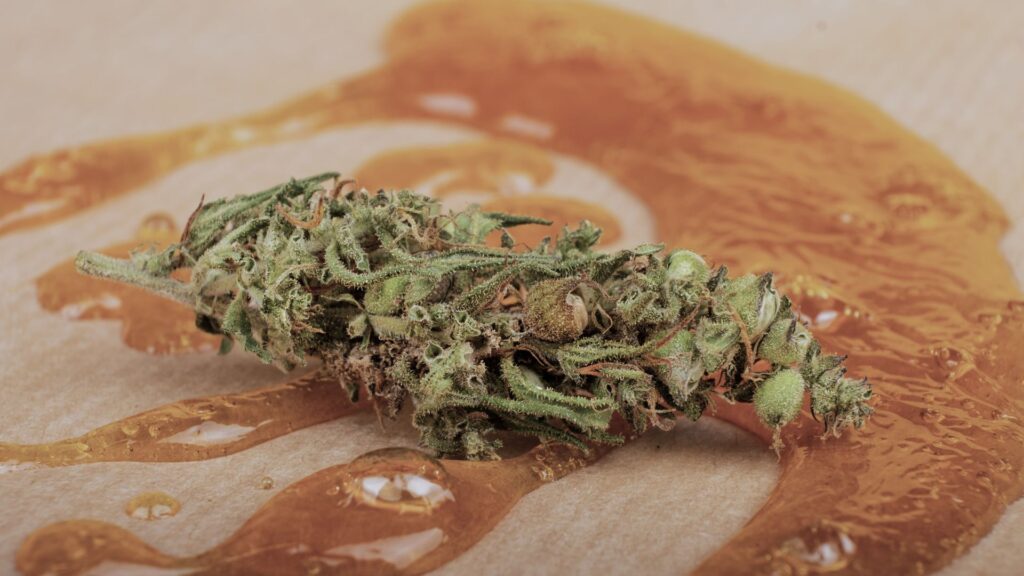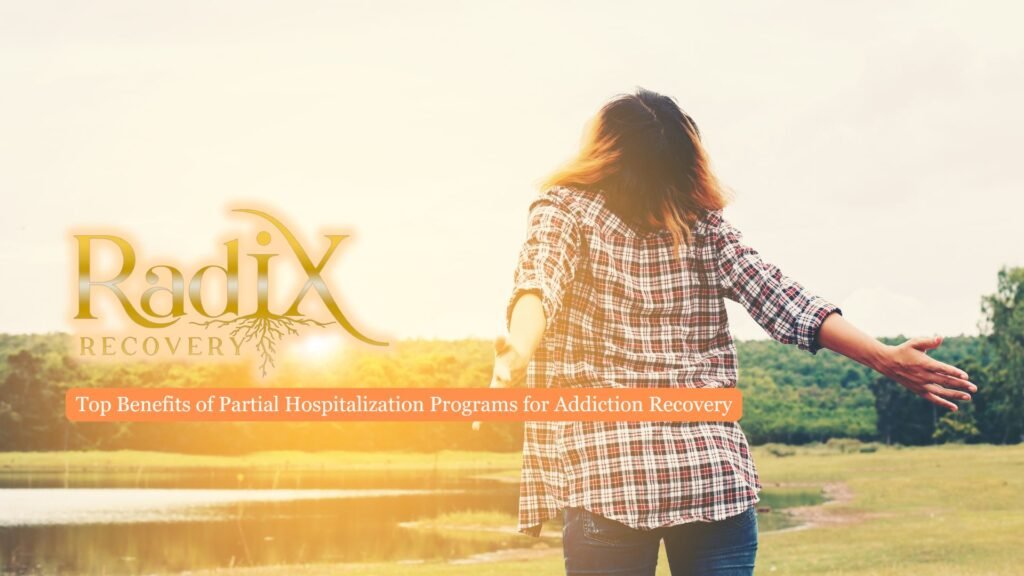Xanax and Valium are two widely prescribed medications used primarily for anxiety and panic disorders. Despite their similarities, many wonder how these two medications differ in potency and effects.
This article examines the key differences between Valium and Xanax to help understand their roles in treating anxiety and related conditions.

What Are Xanax and Valium?
Both medications belong to the benzodiazepine class, providing relief by calming the central nervous system.
Defining Xanax (Alprazolam)
Xanax is a prescription medication classified as a benzodiazepine, primarily used to manage anxiety and panic disorders by calming the central nervous system and reducing excessive brain activity that causes symptoms of anxiety.
Defining Valium (Diazepam)
Valium is also a benzodiazepine used to treat a range of conditions, including anxiety, muscle spasms, seizures, and symptoms related to alcohol withdrawal. It works by enhancing the calming neurotransmitter GABA in the brain, which slows down excessive nerve activity in the central nervous system.
Mechanism of Action
Both Xanax and Valium work by enhancing the effect of gamma-aminobutyric acid (GABA), an inhibitory neurotransmitter that slows down the central nervous system, creating a calming effect.
Although they work similarly, their differences in molecular structure affect absorption rates, duration of action, and potency, making each more suitable for different therapeutic uses.
Potency Comparison
Xanax is generally considered more potent than Valium on a milligram-to-milligram basis. This means that a smaller dose of alprazolam produces similar effects to a larger dose of diazepam. For example, 0.5 mg of alprazolam may have comparable potency to about 5 mg of diazepam. This higher potency, combined with the drug’s rapid onset of action, makes it particularly effective for acute anxiety episodes or panic attacks when fast relief is needed.
The difference in potency also impacts dosing frequency. Due to alprazolam’s shorter duration, patients may need to take multiple doses throughout the day to maintain its anxiolytic effects. Diazepam’s longer half-life means it often requires fewer doses, making it a convenient option for some patients.
It is also important to recognize that individual responses can vary. Factors such as metabolism, age, tolerance, and co-occurring mental health or medical issues affect how a person experiences the potency and duration of each drug. In some cases, what appears “stronger” may depend more on how quickly the medication is absorbed and metabolized rather than just milligram equivalency.
While alprazolam is often described as more potent, diazepam’s longer-lasting effects contribute to its utility in clinical practice. Both drugs play a vital role in the treatment of anxiety and panic disorders, and determining which is stronger depends on the clinical context, the symptom profile, and the patient’s unique needs.
Side Effects and Risks
Both Xanax and Valium share similar side effects, including drowsiness, dizziness, and impaired coordination. More serious risks include memory problems, confusion, and mood changes like depression or irritability. Users may also experience difficulty speaking and muscle weakness.
Combining these drugs with alcohol or opioids is extremely dangerous and can cause severe breathing problems, coma, or death. Long-term use leads to tolerance, requiring higher doses for the same effect, and physical dependence.
If someone stops taking the medication suddenly, they may experience withdrawal symptoms including anxiety, insomnia, seizures, and hallucinations. Misusing or overdosing on Xanax or Valium can be life-threatening and requires immediate medical attention.

Duration and Half-Life Differences
Valium has a longer half-life than Xanax, meaning it remains active in the body for a longer period of up to 48 hours. While alprazolam works quickly but lasts only a few hours, diazepam’s effects can last for up to 24 hours or more, providing a smoother and more sustained reduction in anxiety symptoms. This makes Valium better suited for ongoing management of generalized anxiety disorder or conditions that require steady symptom control.
Abuse Potential and Safety Considerations
Both medications carry risks of abuse, addiction, and overdose if not used as prescribed. alprazolam, due to its potency and fast action, is sometimes considered to have a higher abuse potential. Safe use entails following prescribed dosages and treatment plans, with close monitoring by healthcare providers to prevent misuse and manage side effects.
If addiction to benzodiazepines develops, entering a specialized benzodiazepine addiction treatment program is critical. Managed detox and therapy help safely taper use, address underlying issues, and support lasting recovery. Early intervention improves outcomes and reduces risks associated with withdrawal and relapse.
Final Thoughts from Radix Recovery
Both Valium and Xanax are effective benzodiazepines used to treat anxiety and related disorders, with differences in potency, onset, and duration shaping their roles in treatment. Understanding the difference between diazepam and alprazolam helps ensure appropriate medication use and improved safety. Patients should always consult healthcare professionals before starting or changing any benzodiazepine treatment to achieve the best outcomes in anxiety management and recovery.
At Radix Recovery, we know that breaking free from benzodiazepine addiction takes an individualized approach—not a generic program. Our benzodiazepine rehab in Cedar Rapids, Iowa, is dedicated to creating treatment plans that reflect each person’s history, needs, and recovery goals. From easing the impact of powerful benzodiazepines to guiding those with long-term dependence, our caring team provides expert medical support and proven therapies that foster lasting, sustainable recovery.






































































































